Seafood in season in Jan (No.2)
We will continue to introduce the prefectures that are ranked high in fish and shellfish, which will be in season in January. Please note that the season may vary depending on the region and year and the landing conditions due to climate change, so please consider it as reference data only.
Here are the results for Japan as a whole and the 1st-3rd place for fish and shellfish, which will be in season in January.
Table of contents
1. 4th place Shimane Prefecture
2. 5th place Iwate prefecture (same number as Ishikawa prefecture)
3. 5th place Ishikawa prefecture (same number as Iwate prefecture)
1. 4th place Shimane Prefecture
Shimane Prefecture (7 types of seafood) was ranked 4th in the prefectures with the highest catches and types of seafood that are in season in January.
In Shimane Prefecture, the following seven types of fish and shellfish are in season in January.
Fish
monkfish, flatfish, Spanish mackerel, Japanese amberjack, gurnard

Shellfish
freshwater clam
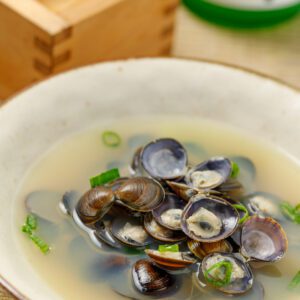
Other seafood
snow crab
Shimane Prefecture has the highest production of freshwater clams in Japan. The second place is Aomori prefecture, and the third place is Ibaraki prefecture. Clams live in estuaries and brackish lakes (lakes that contain some salt). Lake Shinji is the center of clam production in Shimane Prefecture, and is the largest clam producing area in Japan (about 30% of the total in Japan). Lake Shinji is the 7th largest lake in Japan, but it is also the 3rd largest brackish lake in Japan. The largest area of brackish lake is Lake Saroma, and the second is Nakaumi.

Freshwater clams were also caught in Nakaumi, which is located next to Lake Shinji and between Shimane and Tottori prefectures, but the water quality environment changed and catch decreased significantly. Shimane Prefecture are also promoting the protection of freshwater clams by limiting the catch of freshwater clams at Lake Shinji.
2. 5th place Iwate prefecture (same number as Ishikawa prefecture)
Iwate Prefecture (5 types of seafood) was ranked 5th in the prefectures with the highest catches and types of seafood that are in season in January.
In Iwate Prefecture, the following five types of fish and shellfish are in season in January.
Fish
broadbanded thornyhead, shark, codfish, Japanese amberjack
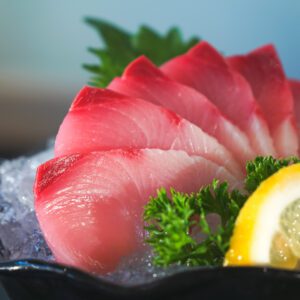
Shellfish
oyster
As we introduced before, Japan Fisheries Cooperatives has selected “Iwate’s Autumn Salmon (salmon roe)” (season: September-January) for “PRIDE FISH” in autumn in Iwate Prefecture. We can eat “Iwate autumn salmon (salmon roe)” in January.
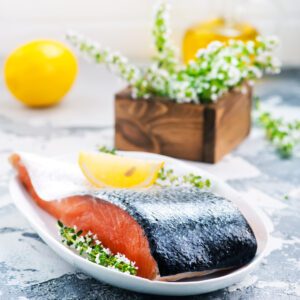
“Iwate Abalone” was selected for “PRIDE FISH” in winter, but the season is from November to December. Unfortunately, Iwate fishermen do not voluntarily fish for abalone in January-February to conserve abalone resources. By the way, Iwate Prefecture has the highest production of abalone in Japan. Miyagi prefecture is second and Chiba prefecture is third.
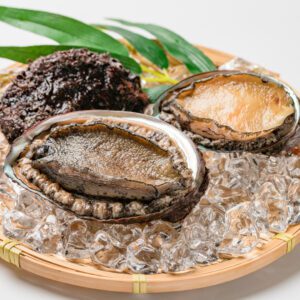
3. 5th place Ishikawa prefecture (same number as Iwate prefecture)
Ishikawa Prefecture (5 types of seafood) was ranked 5th in the prefectures with the highest catches and types of seafood that are in season in January.
In Ishikawa Prefecture, the following five types of fish and shellfish are in season in January.
Fish
Spanish mackerel, codfish, blowfish
Other seafood
northern shrimp, spear squid
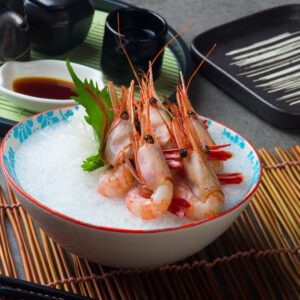
As we introduced before, Japan Fisheries Cooperatives has selected “Codfish” (season: November-February) and “Natural Noto Japanese amberjack” (season: December-February). “Kano crab” (season: November-March) as Ishikawa Prefecture’s winter “PRIDE FISH“. Of course, we can eat these “PRIDE FISH” deliciously in January as well.

The abundance of fish species caught in Ishikawa Prefecture is one of the highest in Japan. There are more than 100 types of major seafood. This is mainly because Ishikawa Prefecture has four areas with different bottom sediments and topography: Kaga area, Noto Sotoura area, Noto Uchiura area, and Nanao Bay. Many fish from both warm and cold currents come to the area because of the intersection of warm and cold currents.
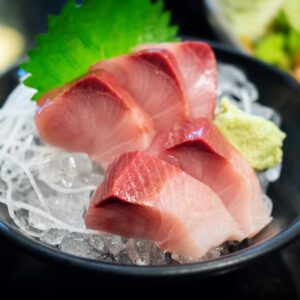
The combination of such abundant seafood and the prefectural character of eating out enthusiasts shows that the per capita sushi eating out cost in Kanazawa City, Ishikawa Prefecture is the second highest in Japan (2020) according to the Ministry of Internal Affairs and Communications’ Household Survey. The first place is Kochi City, and the third place is Shizuoka City.
